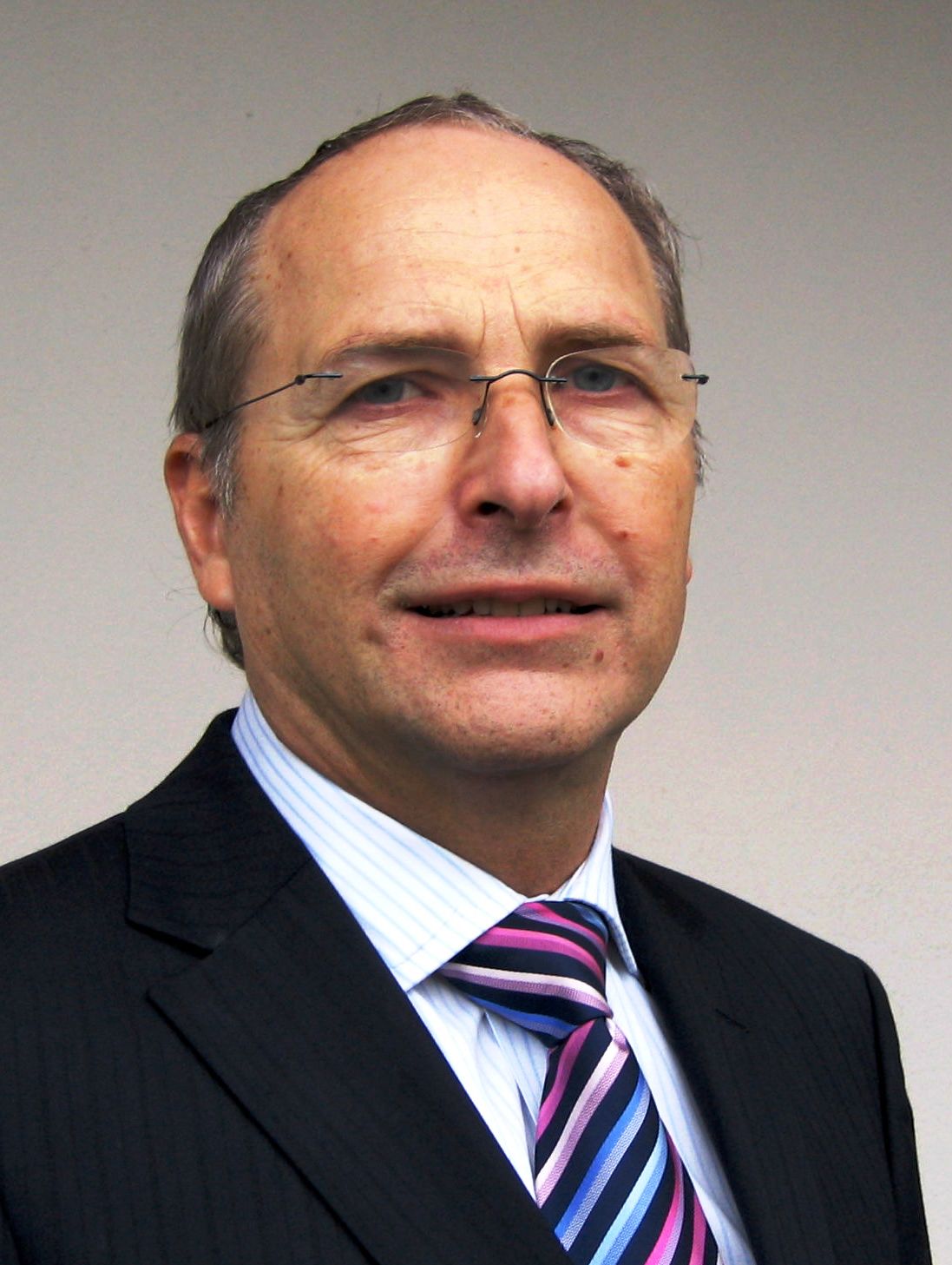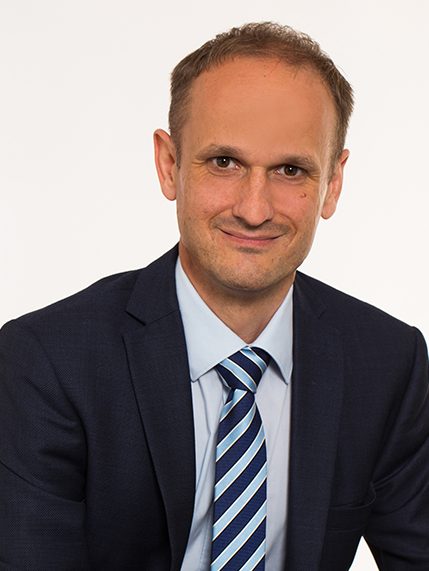STASA team overhauls analysis of magnetic field data
Somewhere in the world, one person is killed by a mine or unexploded bomb every 30 minutes. STASA (Steinbeis Angewandte Systemanalyse GmbH) has been working in close partnership with Institut Dr. Foerster on the development of a system for using magnetic field measurements to ascertain the position, depth, and diameter of metal objects – with an accuracy level of only a few centimeters. The project was awarded the 2011 Steinbeis Foundation Transfer Award – the Löhn Award, and the two companies have been cooperating successfully ever since.
More than 60 countries have to deal with the explosive legacies of past armed conflicts. Even in Germany, thousands of tonnes of munition and bombs from the two World Wars are discovered and recovered every year. To clear out disused weapons – especially unexploded bombs from past conflicts – it is important to be able to reliably identify metal objects, typically by using magnetic field measurements.
One technique used to detect the location of explosive ordnance is high-resolution magnetic field measurement. A machine equipped with hi-tech sensors is driven over strips of ground, gradually recording underlying magnetic fields. To pinpoint the specific location indicated by the measurements, the typical procedure is to use GPS. This is especially important with construction projects in areas affected by residual explosive ordnance.
Foerster is one of the leading companies in the field of gathering, evaluating, and analyzing magnetic field measurements. Its FEREX® fluxgate magnetometer is internationally recognized as an important instrument for detecting key data. Previous systems used to spot the signatures of suspicious objects detected in magnetic field data, but each item of information then had to be evaluated manually. This was a protracted and often costly process. What was needed was a method to assess large volumes of data automatically in order to reliably identify unexploded bombs in the ground.
The system, developed as part of the close partnership between STASA and Foerster, significantly improves the ability to reliably detect old munition under the ground, and most parts of the process are now fully automated. This significantly reduces the risk of overseeing hazardous objects. The system uses georeferenced measurements to establish the exact location of unexploded bombs, including their depth, angle, and general volume. To work this out, the experts merged different filtering methods based on a physical magnetic dipole model. A new kind of pattern recognition process was developed specially for the task at hand to safely identify objects in close proximity to one another.
This new process has now been successfully introduced to the DATA2LINE ® software produced by Foerster. This allows specialists to analyze residual contamination in larger areas of land much more effectively, also producing more accurate documentation. Not only does this make processes more economical, it also reduces the potential risks of landclearing projects. The DATA2LINE® software has already proved reliable in practical application a number of times.
The successful collaboration between Foerster and STASA has moved forward a stage with the redevelopment of algorithms such that accuracy levels have now improved even further. The aim is to also make it possible to use the software in the field of archaeology. In a similar way to unexploded bombs in the ground, the remnants of bygone cultures – such as the walls of ancient settlements or fireplaces concealed under the surface – change the magnetic field of the Earth due to differences in the density of metallic particles compared to the surrounding soil. These differences are less pronounced than with unexploded munition, however, and this makes it much more difficult to identify objects.
Despite this, the experts at Foerster and STASA succeeded in solving the challenge with a software module called DATA2LINE® GEO. To do this, they developed special filter algorithms that display data in such a way that minute structures within measured data become visible to the human eye.
This now makes it much easier for archaeologists to spot and find hidden settlement patterns in the ground and then work out exactly which areas to excavate. Although the DATA2LINE® GEO module is intended for use by archaeologists, it has also proven to be a valuable tool for assessing data in difficult situations involving searches for explosive ordnance, further underscoring its usefulness in its original field of application.
The two project partners intend to continue working together on new and innovative solutions for use in magnetic field sensors.

A large area of land with data filtered using Data2Line software, © Institut Dr. Foerster GmbH & Co. KG
Contact

Günter Haag

Philipp Liedl
Professor Dr. habil. Günter Haag is a managing partner and Dr. Philipp Liedl is the managing director and a managing partner of STASA Steinbeis Angewandte Systemanalyse GmbH. The objective of the Steinbeis Enterprise is to introduce methods for systematically analyzing data. The focus of the work carried out by STASA lies in data analysis itself, quality assurance, the optimization and control of production processes, and various projects related to urban and regional development, location analysis, and transportation development.
Professor Dr. habil. Günter Haag, Dr. Philipp Liedl
STASA Steinbeis Angewandte Systemanalyse GmbH (Stuttgart)
www.stasa.de

